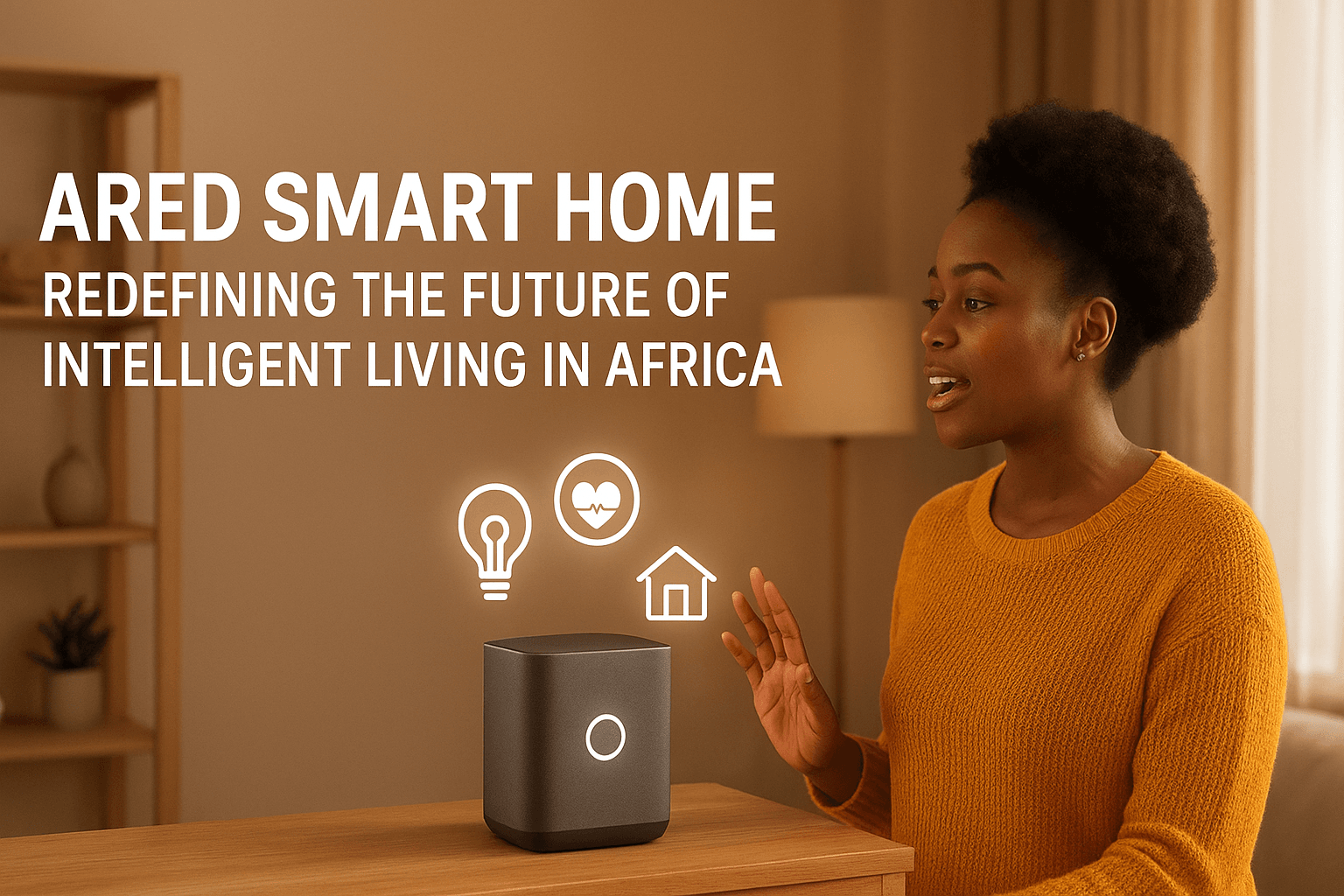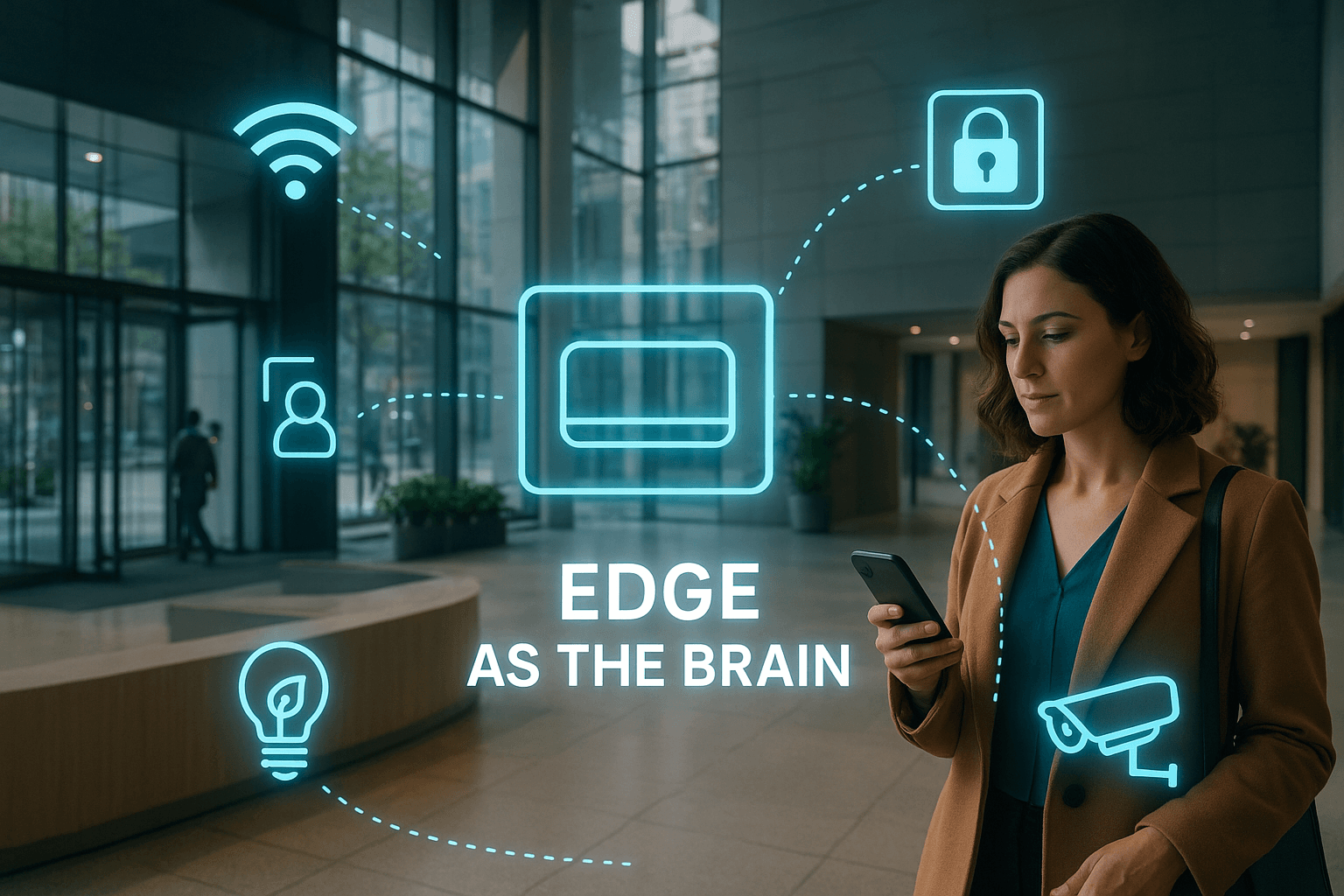
Harnessing Connected Healthcare Devices for Better Outcomes
Connected healthcare devices are transforming the medical landscape, offering new ways to monitor and manage health.
With advancements in wearable technology and remote patient monitoring, patients and healthcare providers are seeing tangible benefits.
Here at Shirikihub, we explore the latest trends, advantages, and challenges in this rapidly evolving field.
What Are the Current Trends in Connected Healthcare Devices?
In recent years, significant trends have emerged that are shaping the future of connected healthcare devices.
Wearable Health Technology on the Rise
Wearable devices like fitness trackers and smartwatches have seen exponential growth. By 2025, it is estimated that 70% of medical devices will be internet-connected. The benefits are clear: real-time health data empowers users to make informed choices. For instance, heart rate monitors can detect early signs of cardiac issues, prompting timely medical intervention.

Remote Patient Monitoring Gains Traction
Remote patient monitoring is transforming chronic disease management. A study by Deloitte revealed that remote health monitoring can reduce hospitalization rates by up to 50%. Practical applications include the use of connected glucometers for diabetes management and remote ECG monitors for cardiac patients. This not only improves patient outcomes but also reduces healthcare costs.
Smart Medical Devices in Hospitals
Hospitals are increasingly adopting smart medical devices. Technologies like connected infusion pumps and smart beds improve patient care by automating routine tasks and reducing manual errors. According to a 2021 report, 86% of hospitals are investing in IoT technologies. This trend is driven by the need for efficient resource management and enhanced patient safety.

- Fitness trackers and smartwatches expanding rapidly
- Remote monitoring reducing hospitalizations by 50%
- Hospitals investing 86% in IoT devices
For more on how medical facilities are embracing digital infrastructure, read hospital digital infrastructure.
These trends indicate a clear shift towards more proactive and patient-centered healthcare, driven by technological advancements.
What Are the Benefits of Connected Healthcare Devices?
Connected healthcare devices offer several practical advantages that directly benefit both patients and healthcare providers. These advantages are rooted in data-driven decision-making and streamlined processes.
Improved Patient Outcomes
Connected healthcare devices provide real-time data, allowing for immediate interventions. For example, continuous glucose monitors alert diabetic patients of abnormal levels, helping them avoid severe complications. A 2020 study revealed that remote monitoring of heart failure patients reduced all-cause mortality by 34%. These devices enable healthcare providers to make timely adjustments to treatment plans, leading to better patient health.

Enhanced Chronic Disease Management
Managing chronic diseases like diabetes and hypertension becomes more effective with connected devices. Patients use smart glucometers and blood pressure monitors for regular monitoring, feeding data directly to their healthcare team. Health professionals can then analyze trends and optimize treatment. Remote monitoring has been shown to improve medication adherence by 76%, according to a 2023 survey. This proactive approach mitigates disease progression and improves quality of life.
Reduced Healthcare Costs and Hospitalizations
The financial benefits of connected healthcare devices are significant. Remote patient monitoring reduces the need for frequent hospital visits and readmissions. Studies indicate that utilizing these devices can cut hospitalization rates by up to 50%. Hospitals investing in IoT technologies see notable reductions in operation costs through enhanced resource management. For instance, connected infusion pumps and smart beds minimize manual errors, leading to more seamless patient care.
Key Statistics and Tips:
- Remote monitoring reduces all-cause mortality by 34%.
- Medication adherence improved by 76% with connected devices.
- Hospitalization rates drop by up to 50%.
Utilizing connected healthcare devices effectively translates into practical benefits, reinforcing why the integration of these technologies is essential for modern healthcare. For more insights on how facilities are optimizing digital infrastructure, explore hospital digital infrastructure.
What Are the Challenges?
Data Privacy and Security Concerns
As connected healthcare devices become more prevalent, data privacy and security stand out as major challenges. A study highlighted that approximately 63% of healthcare organizations reported experiencing a data breach. Securing patient data involves robust encryption, regular security audits, and adherence to privacy regulations like GDPR and HIPAA. Healthcare providers must invest significantly in cybersecurity measures to safeguard sensitive information.
Integration with Existing Healthcare Systems
Integrating connected devices with existing healthcare systems can be complicated. Over 70% of hospitals face difficulties in merging new IoT technologies with legacy systems. This integration requires interoperability standards to be in place and a unified platform for data sharing. Practical steps include upgrading hospital IT infrastructure and training staff to use new technologies effectively.

Ensuring Device Accuracy and Reliability
The accuracy and reliability of connected healthcare devices are non-negotiable. Studies have shown that patient outcomes improve by 25% when devices are precise and reliable. Continuous monitoring and verification of device functioning are essential. Devices need to comply with regulatory standards like FDA approvals and undergo rigorous testing before deployment.

Practical Tips:
- Conduct regular security audits.
- Ensure compliance with privacy regulations.
- Invest in interoperability standards.
- Upgrade hospital IT infrastructure.
- Verify device FDA approvals and maintain rigorous testing.
These challenges are significant but can be addressed with strategic actions, leading to more secure, integrated, and reliable connected healthcare systems. For more on how to implement digital solutions effectively, check out our guide on hospital digital infrastructure.
Conclusion
Connected healthcare devices bring significant benefits, such as real-time data access, improved patient outcomes, and cost reductions. Wearables and remote monitoring have shown remarkable promise, reducing hospitalizations by up to 50% and enhancing medication adherence by 76%. The ongoing investment in IoT technologies is driving these positive changes, with 86% of hospitals adopting smart devices.

However, challenges like data privacy, system integration, and device reliability need addressing. Approximately 63% of healthcare organizations have faced data breaches, underscoring the need for robust cybersecurity. Moreover, over 70% of hospitals experience integration difficulties, highlighting the importance of interoperability standards and IT infrastructure upgrades. Ensuring device accuracy also improves patient outcomes by 25%, making regulatory compliance and rigorous testing essential.
For the healthcare sector to fully harness connected device potential, continuous innovation and adoption are vital. Shirikihub offers advanced tech solutions designed to support this revolution. Transform your business with our Smart WiFi management system, Shiriki Cloud, and sustainable data centers, pioneering digital accessibility in emerging markets.
The journey ahead promises to be transformative, with connected healthcare devices playing a pivotal role in reshaping medical care and improving lives. For more insights on optimizing digital infrastructure, explore our partner program today.


